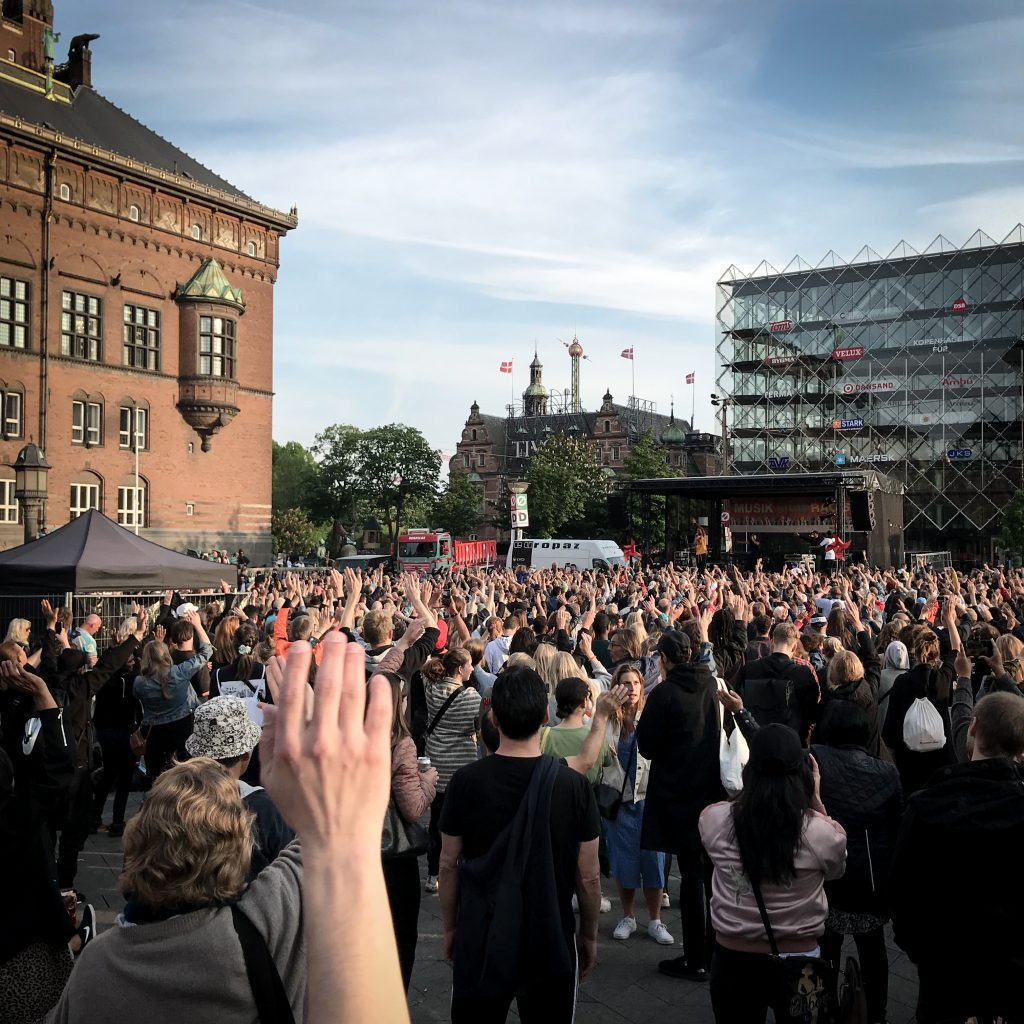Put everything into practice, follow and correct the route. You will never be finished!

Think beyond resilience, in ways to keep places vibrant and sustainable in the face of an uncertain future.
Antifragility is a term coined by Nas-sim Taleb. It refers to things that evolve after traumatic events.
We understand antifragile thinking as the evolution of resilience. In resilience, elements return to their original state after a traumatic event, like a phoenix rises from the ashes. In antifragility, things, places, and people evolve after a traumatic event, or even in our vision of an antifragile city. They manage to avoid greater damage after crises.
An antifragile place is composed of 12 dimensions:
- Identity
- Vocation
- Optionality
- Popular participation and community engagement
- Community vitality
- Vision
- Transparency
- Urban quality
- Human scale
- Action-based narrative
- Supraterritoriality
- Imagination and creativity
We have covered many of these in previous steps. One to highlight now is something essential to adaptability, dynamism and therefore antifragility. Something that Taleb himself called optionality – recognizing the lesser-known vocations and powers of a place in addition to the obvious and ongoing ones.
In a planned community, for example, the essential activity is to provide housing, whether horizontal or vertical, lots, houses, or apartments. But what else could it be? What other possibilities are there for making this place vibrant, alive, and healthy in the long term?
If your city is consolidated as a tourist destination, for example, how long will this vector be viable? How long will that alone be able to promote the well-being of the community?
Thinking about optionality is thinking about forms of “anti-detroitization” in reference to the North American city of Detroit. The city bet all its chips on the immortality of the automobile industry and paid dearly for it.
Remember:
- Embrace uncertainty to survive the future! The antifragile city is “future proof” by definition.
- Always evaluate which vectors can be developed in your place or city. Multi-plying economic vectors is antifragile behaviour. One vector is too few, two is still few, but three is better.
- Optionality is not born out of nowhere. It needs to be aligned with the vocation and identity of the place (even when that has been invented).
- Lastly, make sure you’re not sure of anything.








